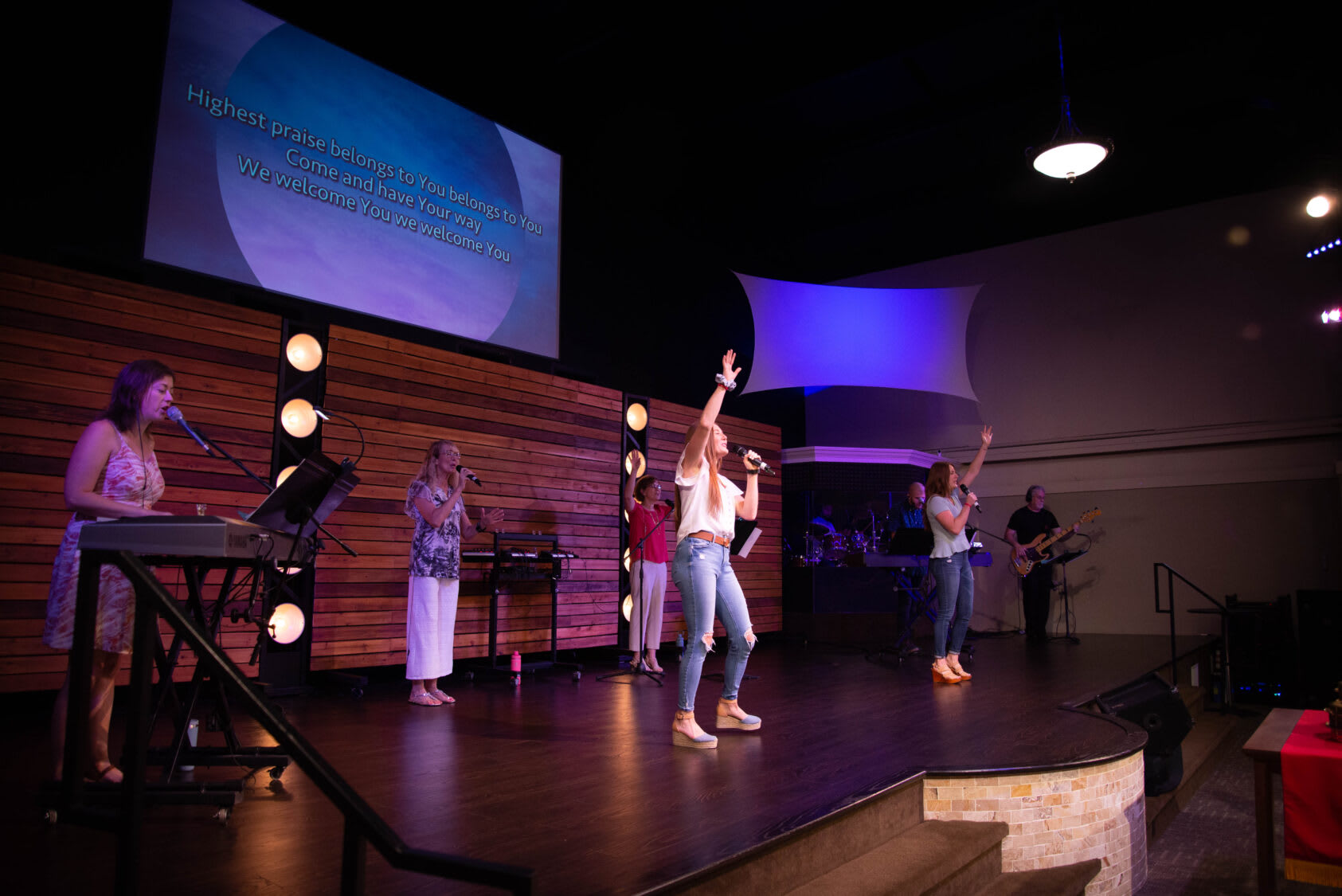In a world where digital connectivity shapes our daily interactions, traditional practices are evolving to meet the demands of modern society. One such evolution is the rise of live stream church services, a phenomenon that has significantly impacted both congregations and communities worldwide. From fostering inclusivity to overcoming geographical barriers, the impact of live stream church services is profound and multifaceted.
Fostering Inclusivity and Accessibility
Live stream church services have redefined the concept of inclusivity within religious communities. By broadcasting services online, congregations can reach individuals who may be unable to attend in person due to mobility issues, illness, or distance. This accessibility ensures that no one is left behind, allowing individuals from diverse backgrounds and circumstances to participate in worship and community gatherings.
Moreover, live streaming transcends physical boundaries, enabling individuals from different parts of the world to engage with religious services in real-time. Whether it’s a member who has relocated or someone seeking spiritual connection from afar, the ability to join a service remotely fosters a sense of belonging and unity among believers, regardless of their location.

Overcoming Geographical Barriers
In addition to fostering inclusivity, live stream church services serve as a powerful tool for overcoming geographical barriers. Rural communities, in particular, often face challenges in accessing religious services due to limited local congregations or long travel distances. By live streaming services, these communities can connect with a broader network of worshippers and religious leaders without the need for extensive travel.
Moreover, live streaming enables churches to extend their reach beyond their immediate surroundings, attracting new members and fostering a global community of faith. This outreach potential not only strengthens the church’s influence but also facilitates the sharing of religious teachings and values on a broader scale.
Enhancing Engagement and Connection
The interactive nature of live stream church services enhances engagement and connection among participants. Through features such as live chat and interactive polls, viewers can actively participate in the worship experience, share prayers, and engage in meaningful discussions with fellow believers. This real-time interaction fosters a sense of community and strengthens the bonds of fellowship, even in a virtual setting.
Furthermore, live stream services provide opportunities for individuals to revisit and share religious content beyond the confines of a traditional worship space. Whether it’s watching a sermon on-demand or sharing inspirational messages with friends and family, the digital accessibility of live stream services extends the impact of religious teachings far beyond the physical walls of the church.

Frequently Asked Questions about Live Stream Church Services
1. What are live stream church services?
Live stream church services involve broadcasting religious ceremonies, worship sessions, sermons, and other spiritual activities in real-time over the internet. This allows individuals to participate remotely from anywhere with an internet connection.
2. How do live stream church services work?
Typically, live stream church services involve the use of cameras and audio equipment to capture the proceedings of a worship service. The audiovisual feed is then transmitted to an online platform, such as a church website, social media platform, or dedicated streaming service, where viewers can watch the service live.
3. Why are live stream church services becoming increasingly popular?
Live stream church services offer several benefits, including increased accessibility for individuals unable to attend in person due to distance, illness, or mobility issues. They also provide an opportunity for churches to reach a broader audience, engage with members in real-time through interactive features, and overcome geographical barriers.
4. Can live stream church services replace in-person worship experiences?
While live stream church services offer convenience and accessibility, they are not intended to replace in-person worship experiences entirely. In-person gatherings provide opportunities for physical interaction, fellowship, and communal worship that cannot be fully replicated online. However, live stream services complement traditional worship by extending the reach of the church and accommodating those unable to attend in person.
5. What equipment is needed to set up live stream church services?
Setting up live stream church services requires basic audiovisual equipment, including cameras, microphones, and streaming software or hardware. The specific equipment needed may vary depending on the size of the church, budget constraints, and technical expertise available. Many churches start with a simple setup and gradually upgrade as their streaming needs grow.
6. How can viewers interact during live stream church services?
Viewers can interact during live stream church services through various means, including live chat features, interactive polls, and social media platforms. These interactive elements allow viewers to engage with the service, share prayers, ask questions, and connect with fellow worshippers in real-time.
Conclusion
The impact of live stream church services extends far beyond the realm of technology—it encompasses inclusivity, accessibility, outreach, engagement, and connection. By embracing digital platforms, religious communities have transformed the way they worship, interact, and spread their message of faith. As we navigate an increasingly interconnected world, live stream church services stand as a testament to the enduring power of spirituality to transcend boundaries and unite believers in a shared journey of faith.



